Flowers' Religious Names
Flowers' Religious Names
– Research from John Stokes
This disc archives fifty-five years of Mary's Gardens research of some 1,150 "Flowers of Our Lady" found to be named in the oral traditions of the Medieval country-sides for symbolic, legendary, liturgical and other Church association with Father, Son, Holy Spirit, the Blessed Virgin Mary and Saints.
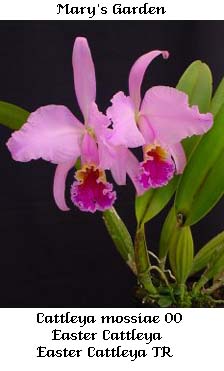
These flower names from Medieval oral folk tradition have been preserved thanks primarily to fifteenth-and sixteenth-century botanical scientists who in their extensive geographical surveys, classification and cataloguing of plants in the various European countries scientifically identified and named plants by Latin botanical family, genus and species; and who also recorded the popular folk names by which they found they were known in each locality. They recorded these in "floras" for each country for the scientific record, and so that other botanists collecting specimens, or horticulturists collecting plants for cultivation, would know what to tell locals in each area they were looking for.
With the concurrent introduction of printing and general literacy, these records were published as floras and herbals. Noting the large number of religious popular or common plant names recorded, Johannis Bauhin wrote "De Plantis A Divis Sanctisve Nomen Habentibus" ("Plants Which Have Various Holy Names") in Basil in 1591, listing some 162 plants.
Thus, the combination of recording accurately both the scientific names by which plants came to be known universally, and the common names by which they were known in the localities in which they were observed growing in nature, has produced the accuracy with which they can be listed today, together with common names by which they are now generally known.
Concurrently, customs and legends, including those of religious popular traditions, were recorded by folklorists - with the plants involved in these recorded by their common names. Finally, the plant names recorded in the printing of these researches were included in the dictionaries compiled by lexicographers - such as in the Oxford English Dictionary.
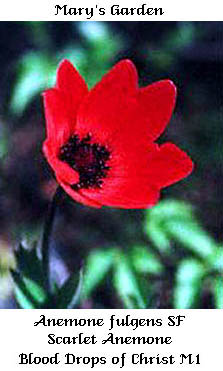
The immediate and primary purposes of this research by Mary's Gardens were: 1) to find from their photographs, as catalogued on this disk, or from the flowers themselves, those flowers of Our Lady for which the religious symbolism indicated by their names would intuitively be evident in beholding them - so that religious reflection and meditation would be quickened and illuminated as they are cared for in the Mary Garden; and 2) as a basis for determining which of the flowers are available from commercial seed companies and plant nurseries, or or from botanical garden rare seed exchanges - for cultivation in Mary Gardens today.
Overall, it turned out that roughly half of the flowers of the research were intuitively symbolic when first viewed according to their religious names; and half were not - the latter with forms which in the available photos didn't correspond to the symbolism of the names, or with general names such as Mary's "Flower," "Plant" or "Herb," for which the specific association was not immediately evident. Over a period of time, the name symbolism for some flowers which was thus not immediately apparent from photos or from the plants themselves, was discovered from further photos or from observing the plant growth cycle from seedling to wilting to seed pod formation.
Thus, for example, the basis of the "Our Lady's Shoes" symbolism of columbine was not discovered until the spurs of the wilting blooms fell to the ground in the garden; the basis of the "Rosary Bead" symbolism of the Canna Lily, until the little round seed pods formed; that of the "Christ's Nails" symbolism of Carthusian Pink until a photo was come upon (just one of several hundred found in a Google Image Internet search) which showed its pointed seed pods; and the "Our Lady's Basin" symbolism of fullers' teasel until rain water was observed to remain in the cavity where two leaves joined directly at the stem.
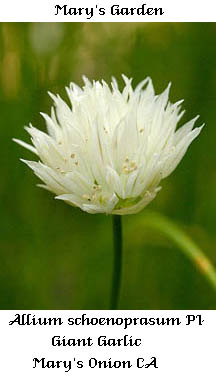
However, all flowers associated by name with Father, Son, Holy Spirit, the Blessed Virgin and the Saints were retained in the overall research list - in their honor, and with the hope of finding the basis of their symbolic names in further flower observation or photo research - and also to provide the fullest number of flowers from which to choose in making horticultural selections for overall Mary Garden beauty.
Additionally, we came to see that since all flowers were associated with Mary by the Church Fathers as her "signatures" - from Isaiah's prophecy of the virgin birth of the Redeemer under the image of the miraculous blooming Rod of Jesse - especially beautiful flowers in which no particular symbolism was discerned may have been associated with Mary as "her flowers": as specially symbolic of her spiritual beauty, the beauty of holiness. It also may have been envisioned that Mary herself cultivated "her flowers" - in Nazareth, or in her house in which she is believed to have dwelt in later years with St. John in Ephesus.
Another significant discovery was that the mosaic of Mary Garden flower symbolism of the Gospel and Rosary mysteries prompts continuing, in depth reflection and meditation on them in the context of one's involvement in the way of the world. Through this reflection on the Flowers of Our Lady, entry is thus gained into the pre-literate Age of Faith - the age of nature symbols, cathedral pilgrimages and religious art, and of itinerant preachers, mendicant friars, wandering minstrels, roving players, pilgrims, merchants, missionaries and other travelers.
Finally, by their dates the research lists, seed and plant availability lists and plantings lists of various Mary Gardens on this disc document the development of the Flowers of Our Lady and Mary Gardens restoration in present-day religious and gardening culture.
Additional Flowers :
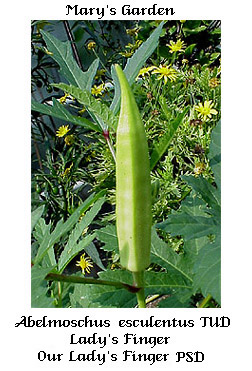
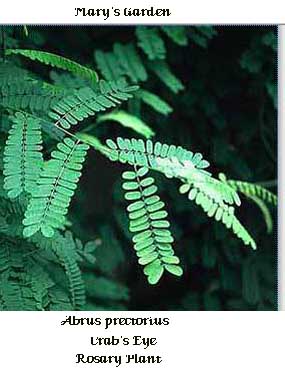
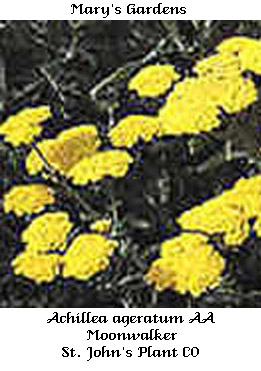
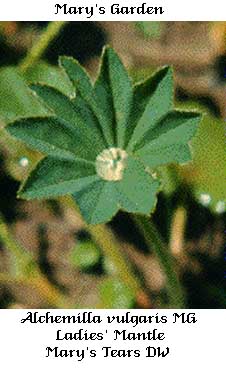
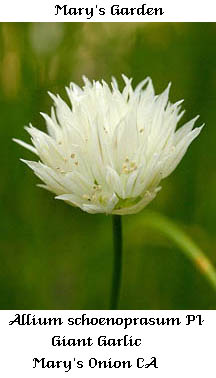
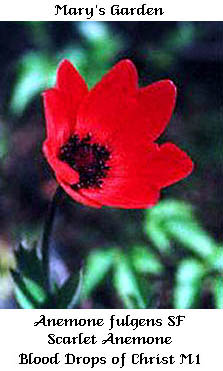
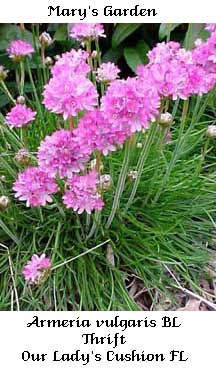
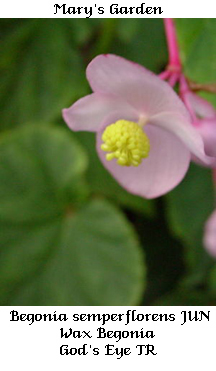
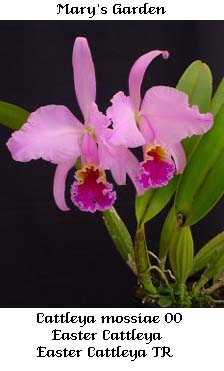
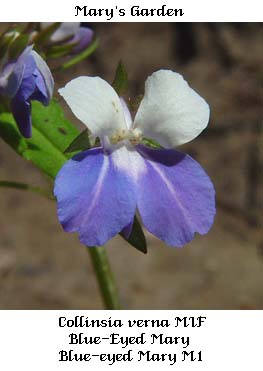
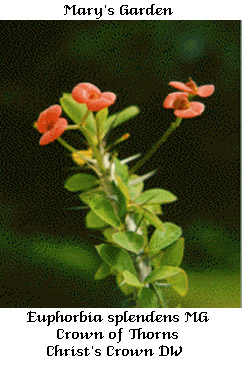
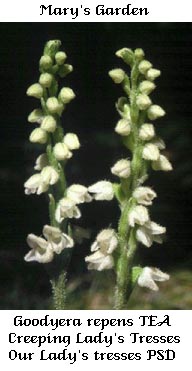
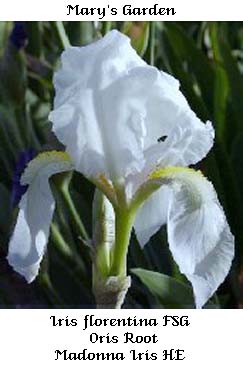
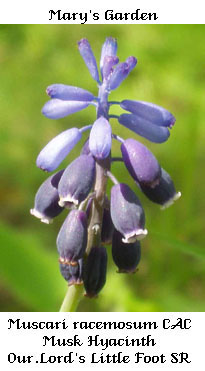
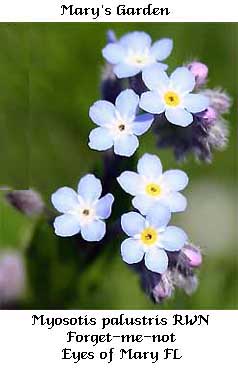
All About Mary includes a variety of content, much of which reflects the expertise, interpretations and opinions of the individual authors and not necessarily of the Marian Library or the University of Dayton. Please share feedback or suggestions with marianlibrary@udayton.edu.
